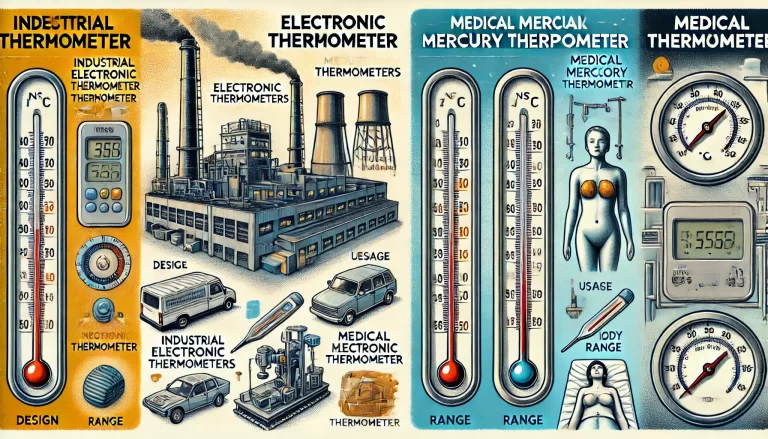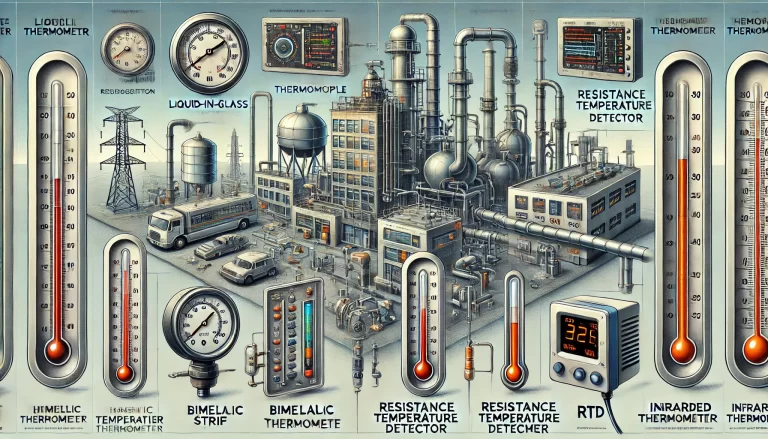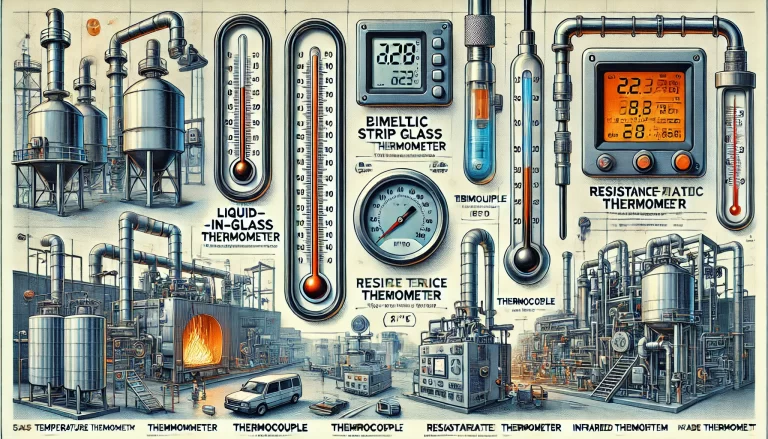Industrial bimetallic thermometers are widely used to measure medium and low temperatures in various industrial environments. These thermometers operate based on the principle that two metals with different thermal expansion coefficients are bonded together. As the temperature changes, the bimetallic strip bends due to the varying expansion rates of the metals, and this bending movement drives the pointer to indicate the corresponding temperature.
To ensure accurate measurement and optimal performance, regular inspection and calibration of the bimetallic thermometer are necessary. Typically, these thermometers should undergo an inspection every year. Below are the key aspects involved in the inspection and calibration process:

1. Checking the Accuracy of the Reading
The first step in inspecting a bimetallic thermometer is to verify the accuracy of the reading. Ensure that the pointer moves freely and accurately in response to temperature changes. It is essential that the thermometer is installed in a location where vibrations are minimized, as excessive vibration could lead to erroneous readings or cause the pointer to wobble. Additionally, check for any physical damage that might affect the accuracy of the instrument.
2. Verifying the Calibration Certificate
Every industrial thermometer should come with a calibration certificate, indicating that it has been tested and met the required standards. During the inspection, verify that the thermometer still has a valid calibration certificate and check the expiration date. If the certificate has expired, the thermometer should be recalibrated before it is used again to ensure it continues to provide accurate measurements.

3. Inspecting the Condition of Key Components
A thorough inspection of the thermometer’s physical components is crucial. Ensure that all parts, including the scale, the pointer, and the protective glass (if applicable), are in good condition. Look for signs of wear and tear, such as rust, corrosion, or any loose fittings. These issues can affect the thermometer’s overall performance and lead to inaccuracies in readings. Additionally, check that the protective cover or glass is clean and free from cracks to ensure clear visibility of the reading.
Also, check the mounting system to ensure that the thermometer is securely attached and not at risk of falling or being damaged. If the thermometer has any flexible or movable parts, confirm that they are operating smoothly and are not obstructed by dirt or other debris.
4. Testing the Thermometer for Proper Functioning
After conducting the visual inspection, it is essential to test the thermometer to confirm it is functioning correctly. This can be done by comparing the readings of the thermometer with those of a known reference thermometer in a controlled environment. If there are discrepancies in the readings, recalibration may be necessary. For some applications, performing the test at various known temperature points (e.g., freezing point and boiling point) is recommended to ensure full accuracy across the thermometer’s range.

Conclusion
Routine inspection and maintenance of industrial bimetallic thermometers are crucial for ensuring that they provide accurate and reliable temperature readings. By regularly checking the accuracy of the readings, verifying the calibration certificate, inspecting key components, and performing functionality tests, you can ensure the longevity and precision of your bimetallic thermometer, minimizing the risk of errors in temperature measurement in industrial processes.
